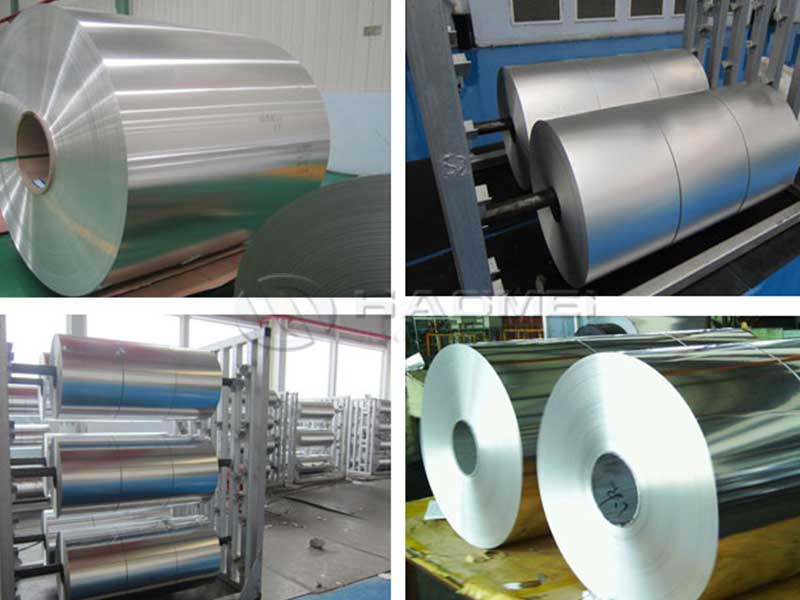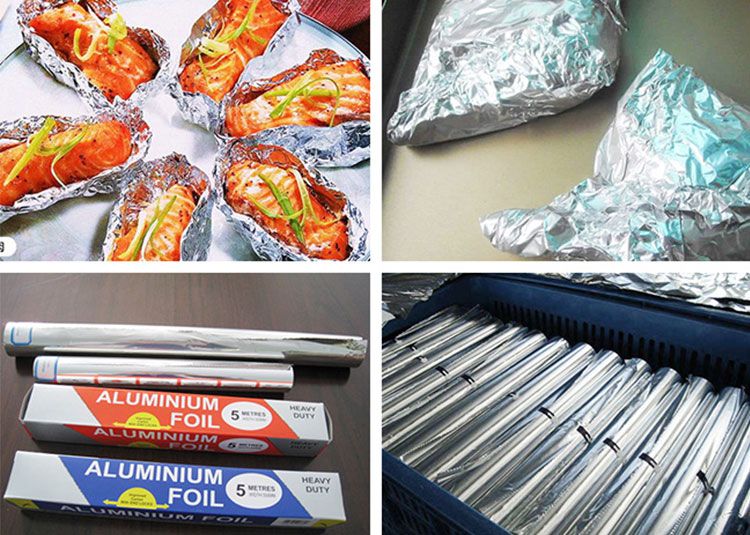The Benefits of Aluminum Foil for Flexible Air Duct Systems
In today’s energy-conscious world, the implementation of efficient heating, ventilation, and air conditioning (HVAC) systems has never been more crucial. One of the key components that contribute to the efficiency and effectiveness of these systems is flexible air ducting, and when it comes to optimizing performance, aluminum foil plays a vital role.
Understanding Flexible Air Ducts
Flexible air ducts are lightweight, versatile conduits that allow for the easy distribution of conditioned air throughout residential and commercial spaces. Unlike traditional ductwork, flexible air ducts can be bent and molded into different shapes to fit complex spaces, making them ideal for various application scenarios. However, for these systems to function efficiently, they must be properly insulated and sealed to prevent loss of conditioned air.
Why Aluminum Foil?
1. Superior Insulation Properties
Aluminum foil offers excellent thermal performance due to its reflective surface. By minimizing heat loss or gain, aluminum foil-lined flexible air ducts can help maintain desired temperature levels for heating or cooling. This not only works to enhance room comfort but also boosts energy efficiency, leading to lower utility bills.
2. Moisture Resistance
One of the significant challenges faced by HVAC systems is moisture accumulation, which can lead to mold growth and compromise air quality. Aluminum foil is naturally resistant to moisture, preventing condensation from forming inside flexible air ducts. This critical advantage safeguards the longevity of the ductwork and ensures improved indoor air quality.
3. Durability and Strength
Aluminum is known for its lightweight yet durable properties. Aluminum foil enhances the flexibility and strength of duct systems, allowing them to withstand bends and easily adapt to various spaces. The ducting will not easily tear or crush, ensuring longevity and reducing the need for frequent replacements.
4. Ease of Installation
Flexible ducting incorporates aluminum foil, making installation a seamless process. The lightweight nature of the material simplifies handling, allowing contractors and DIYers alike to quickly fit and position ducts in any orientation necessary to reach their destination without the hassle of heavy burdensome materials.
5. Cost-Effectiveness
Utilizing aluminum foil for flexible air ducts proves to be a cost-effective solution. The initial investment in aluminum foil ducting systems is justified by the energy savings achieved over time. Improved insulation means less workload on HVAC units, hence promoting extended equipment life and lower maintenance costs.
6. Eco-Friendly Option
Aluminum is a recyclable material, making aluminum foil a more sustainable choice for homeowners and businesses hoping to reduce their environmental footprint. By opting for aluminum foil when laying out flexible air ducts, HVAC solutions can contribute to a greener future.













